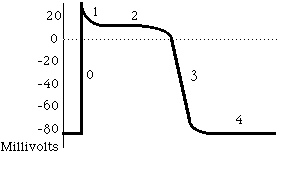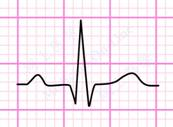- Community
-
Programs
- Schools
-
Careers
- RN Specialties
- Best RN Jobs and Salaries
- Aesthetic Nurse
- Nursing Informatics
- Nurse Case Manager
- NICU Nurse
- Forensic Nurse
- Labor and Delivery Nurse
- Psychiatric Nurse
- Pediatric Nurse
- Travel Nurse
- Telemetry Nurse
- Dermatology Nurse
- Nurse Practitioner
- Best NP Jobs and Salaries
- Family NP (FNP)
- Pediatric NP
- Neonatal NP
- Oncology NP
- Acute Care NP
- Aesthetic NP
- Women's Health NP
- Adult-Gerontology NP
- Orthopedic NP
- Emergency NP
- Psychiatric-Mental Health NP (PMHNP)
- APRN
- Nurse Educator
- Nurse Administrator
- Certified Nurse Midwife (CNM)
- Clinical Nurse Specialist (CNS)
- Certified Registered Nurse Anesthetist (CRNA)
- Resources
- Education



GQGomer
28 Posts
Questions are:
(1) P-wave - what EXACTLY causes the down slope of the P-wave? I understand the P-wave is atrial depolarization, so UPWARD portion/slope of the P-wave makes sense, BUT if depolarization is still occurring during the P-wave, WHY would the slope then go DOWNWARD? I would think that (a voltage drop as indicated by the downward slope on the 2nd half of the P-wave) indicates REpolarization (ie voltage drop), BUT repolarization of the atrium doesn't occur until later during QRS (masked by depolarization of the ventricles). Basically, it seems there should be NO downward slope on P.
(2) QRS - same question: WHY the downward slope (on the second half) if in DEpolarization? (ie since repolarization of vetricles doesn't occur until T)
(3) why the UPward slope on the T-wave if T-wave is REpolarization? (Would think REpolarization would be DOWNward since voltage difference gets greater/ie drops again during repolarization)
Thanks in advance